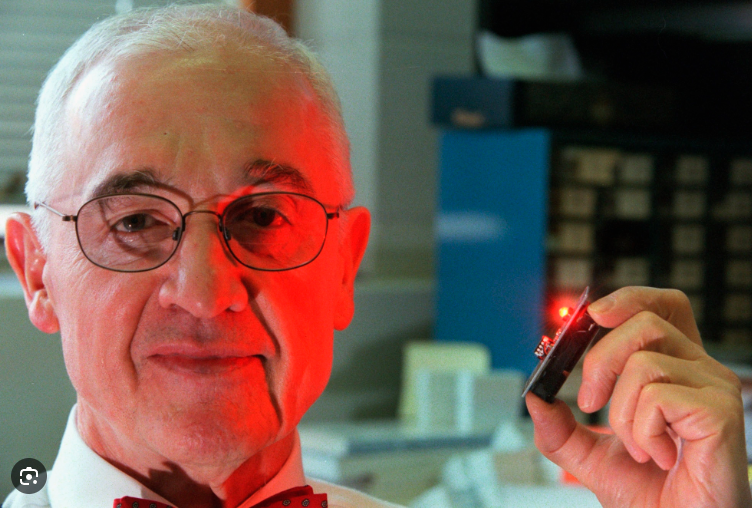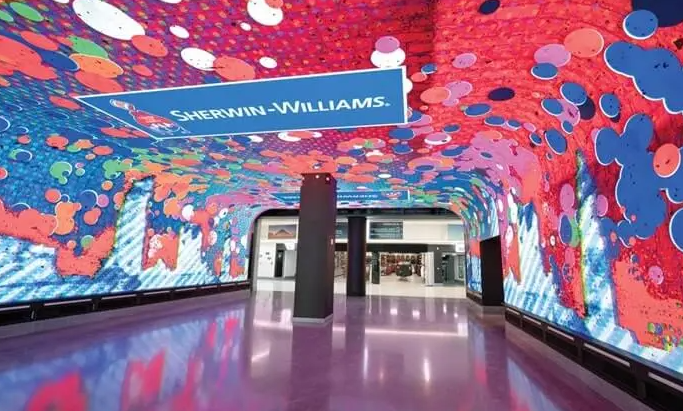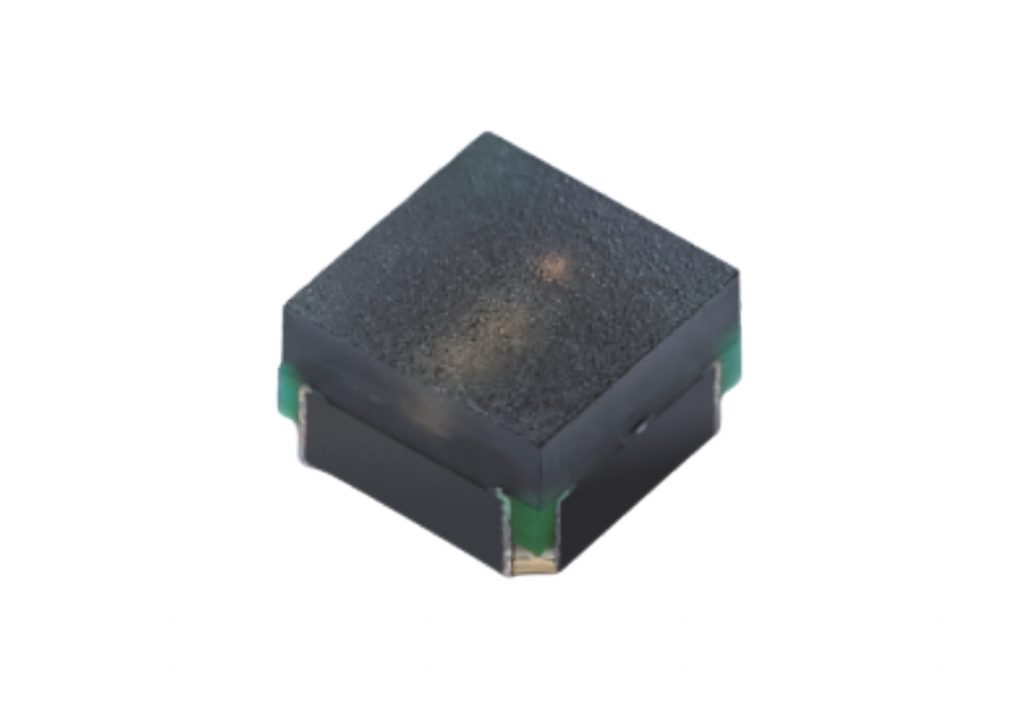The history of LED displays dates back to the early development of light-emitting diodes (LEDs) in the 1960s. Here is a timeline highlighting key milestones in the history of LED displays.
1962:
Nick Holonyak Jr., a researcher at General Electric, invents the first practical visible-spectrum LED. His LED emits red light and becomes the foundation for future LED technologies.

Nick Holonyak Jr. made an LED breakthrough in 1962.
1970s:
LEDs gradually evolve to emit different colors, including green and yellow. However, early LEDs have limited brightness and are primarily used as indicator lights in electronic devices.
1980s:
Advances in LED technology lead to the commercial development of alphanumeric LED displays. These displays use individual LEDs to form characters and symbols, primarily for digital clocks, calculators, and other small-scale applications.
1990s:
LED displays start to become more common and affordable, leading to their use in larger applications such as outdoor signage, scoreboards, and message boards. The development of full-color LED displays begins, incorporating red, green, and blue LEDs to create a broader color spectrum.
Late 1990s:
Surface-mount technology (SMT) allows for the miniaturization of LEDs and the creation of compact LED display modules. This advancement paves the way for more versatile and flexible LED display designs.

Flexible LED display (image for reference only)
Early 2000s:
LED displays continue to improve in brightness, color rendering, and energy efficiency. Innovations in LED packaging and control systems enable the production of larger LED displays with higher resolutions and improved visual quality.
2010s:
Fine-pixel-pitch LED displays emerge, featuring smaller LED chips and tighter pixel spacing. This development allows for LED displays with higher resolutions and improved image detail, making them suitable for close-viewing applications.
2010s-2020s:
LED displays experience significant advancements in technology, including the rise of direct view LED displays. These displays eliminate the need for individual LEDs by using LED modules or tiles, resulting in seamless, large-scale LED screens that can be customized to various sizes and shapes.

Kinglight offers a variety of LEDs for LED display manufacturing
Throughout this timeline, LED displays have become increasingly popular and widely adopted in various industries, including advertising, entertainment, sports, retail, and more. LED technology continues to evolve, with ongoing improvements in brightness, color accuracy, energy efficiency, and flexibility, expanding the range of applications and possibilities for LED displays.